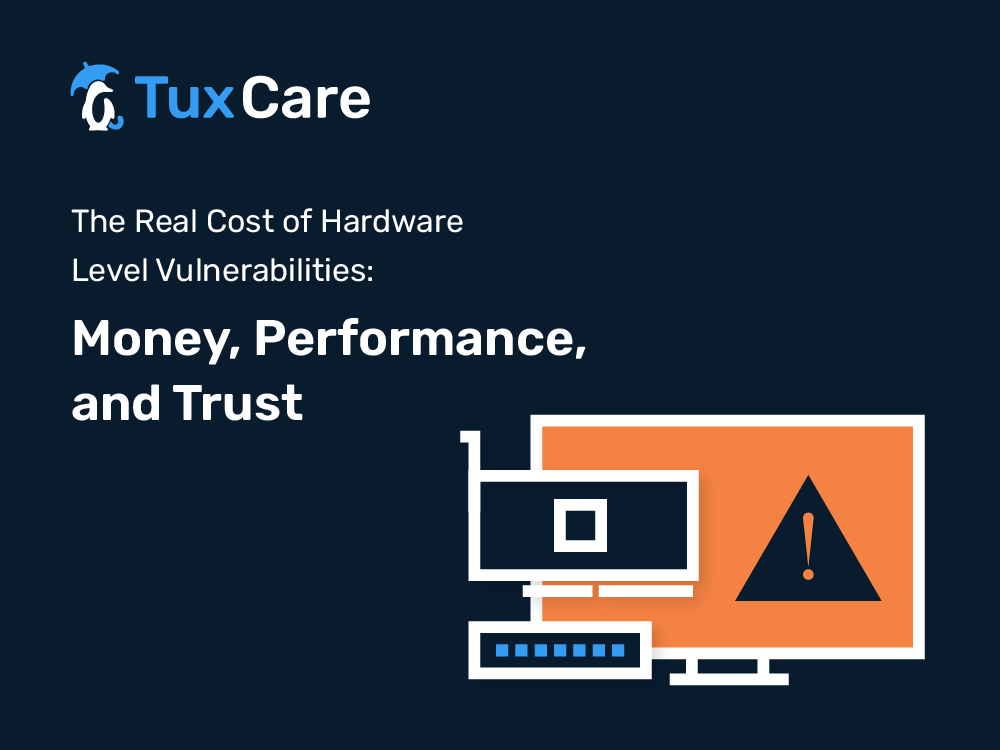The Real Cost of Hardware Level Vulnerabilities: Money, Performance, and Trust
Hardware level vulnerabilities are a nightmare in the IT world, striking fear into the hearts of professionals and corporations alike. From early examples to recent discoveries, these problems have plagued the industry, leaving a trail of wasted money and compromised performance.
A Brief History
The infamous Intel Pentium F00F bug from the late 90s (known as “Invalid operand with locked CMPXCHG8B instruction” by its friends) serves as a startling reminder of how a hardware flaw can impact an entire industry. The Pentium’s groundbreaking features were marred by vulnerabilities such as this and the FDIV bug, leading to mistrust and skepticism.
As we entered the new millennium, we encountered the AMD Phenom “TLB” bug, affecting the Translation Lookaside Buffer feature. This impacted the first massively available 4 core CPU, slowing down performance by almost 20%.
And the story doesn’t end there.
A New Era of Complexity
The past decade has seen a surge in hardware complexity, and with it, a rise in vulnerabilities. The Spectre/Meltdown vulnerabilities introduced in 2018 opened new doors for security problems through speculative execution.
Recent examples like Intel’s “Downfall,” AMD’s “Inception,” “Zenbleed,” and the divide-by-zero data exfiltration in AMD’s Zen 1 architecture show that the problem is far from over. In fact, the divide-by-zero bug was so nice it got fixed twice. Maybe this time it’ll stick.
The Economic Impact
The real question is, why do hardware-level vulnerabilities matter so much more than typical bugs? The answer is simple: the financial implications.
Wasted Money and New Hardware
Consider AMD’s Zen 1 to Zen 2 architecture evolution. While the actual performance improvement is debatable, a rough estimate puts it at 13% (AMD’s own numbers point towards 29% in some workloads). Now, compare this with the performance impact of the fix for AMD’s Inception, reaching 54%.
These hardware-level bugs are not just software glitches; they exist in the silicon itself. Fixes often involve disabling certain features through microcode updates, inevitably leading to performance loss.
Paying Premium for Old Performance
The real hidden problem is the cost. When you pay a premium for the latest generation hardware, you expect top-notch performance. But when a hardware-level fix is applied, you essentially get previous-gen performance at new-gen prices.
The RetBleed fix is an example of this, bringing along a 14% to 39% performance hit. You’re left with a machine that performs like its predecessors but costs you the latest and greatest price.
Final Notes
Hardware level vulnerabilities are not just technical issues. They are financial burdens and trust breakers. As new vulnerabilities continue to surface, the industry faces the daunting challenge of balancing security, performance, and cost.
The real reason people get worried, angry, and hesitant to deploy mitigations immediately is not just about performance loss; it’s about the money. When the trust in cutting-edge technology is shattered by unforeseen vulnerabilities, the ripple effect reaches customers, manufacturers, and the economy at large.
And, in this particular case, it’s not just the security aspect, with its sometimes hard-to-grasp financial implications. The cost of each vulnerability affecting silicon hits the bottom line directly. You needed more performance to meet your production targets? You wanted to streamline computational tasks? Now you’ll have to pay again for more hardware to get back to where you were.
Or to put it bluntly – it’s the economy, silly.



 Documentation
Documentation Login
Login




